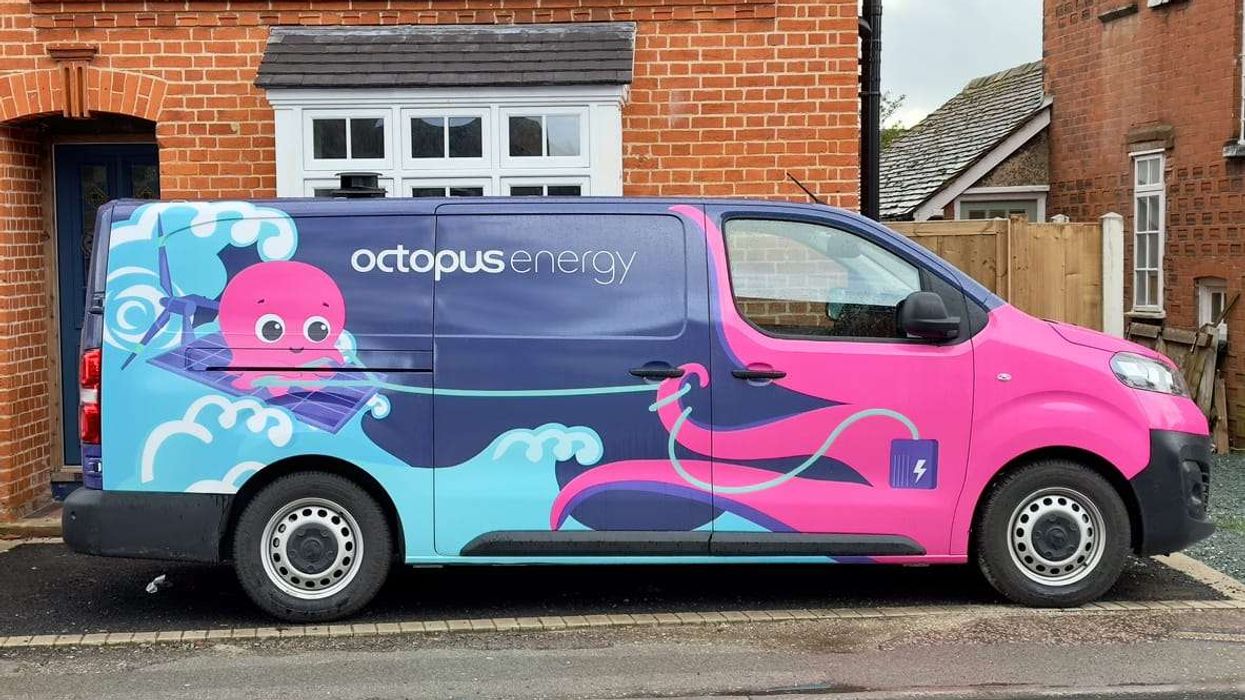Highlights:
- Kim Kardashian’s corset selfie sparks concerns over ‘unrealistic’ beauty standards
- Fans ask “Can you breathe?” after seeing her extreme waistline in latest photos
- SKIMS under fire for promoting a new thong some call “an eyepatch”
- Social media erupts with debate on body expectations and inclusivity
Kim Kardashian has stirred up fresh controversy after sharing a photo showing off her tiny waist in a revealing black corset bodysuit, triggering widespread criticism online. The 44-year-old reality star and entrepreneur was called out by fans for promoting what many see as damaging and unrealistic beauty ideals.
In the Instagram post, Kim posed in front of a mirror wearing a high-fashion bodysuit with mesh detailing and matching suspenders. With her hair tied up and minimal makeup, she captioned the post simply: “Mugler Magic.” While some followers praised the aesthetic, others were quick to express concern over her body proportions, especially her dramatically cinched waist.

Why are fans upset over Kim Kardashian’s latest waist-revealing photo?
The focal point of the backlash is Kim’s exaggerated hourglass figure, which some commenters said looked digitally altered or the result of extreme body modification.
One user wrote, “That waist is terrifying, can you even breathe?” while another added, “This is not just unrealistic, it’s unhealthy.” Several users referenced past instances where Kim’s waistline sparked similar debates, such as when she wore Marilyn Monroe’s dress to the Met Gala or a metallic silver gown that led fans to joke about how many ribs she might have had removed.
Although Kim has previously addressed rumours about cosmetic surgery and waist training, the latest round of backlash reflects a growing fatigue among fans who feel she continues to set harmful beauty standards, especially for young women.
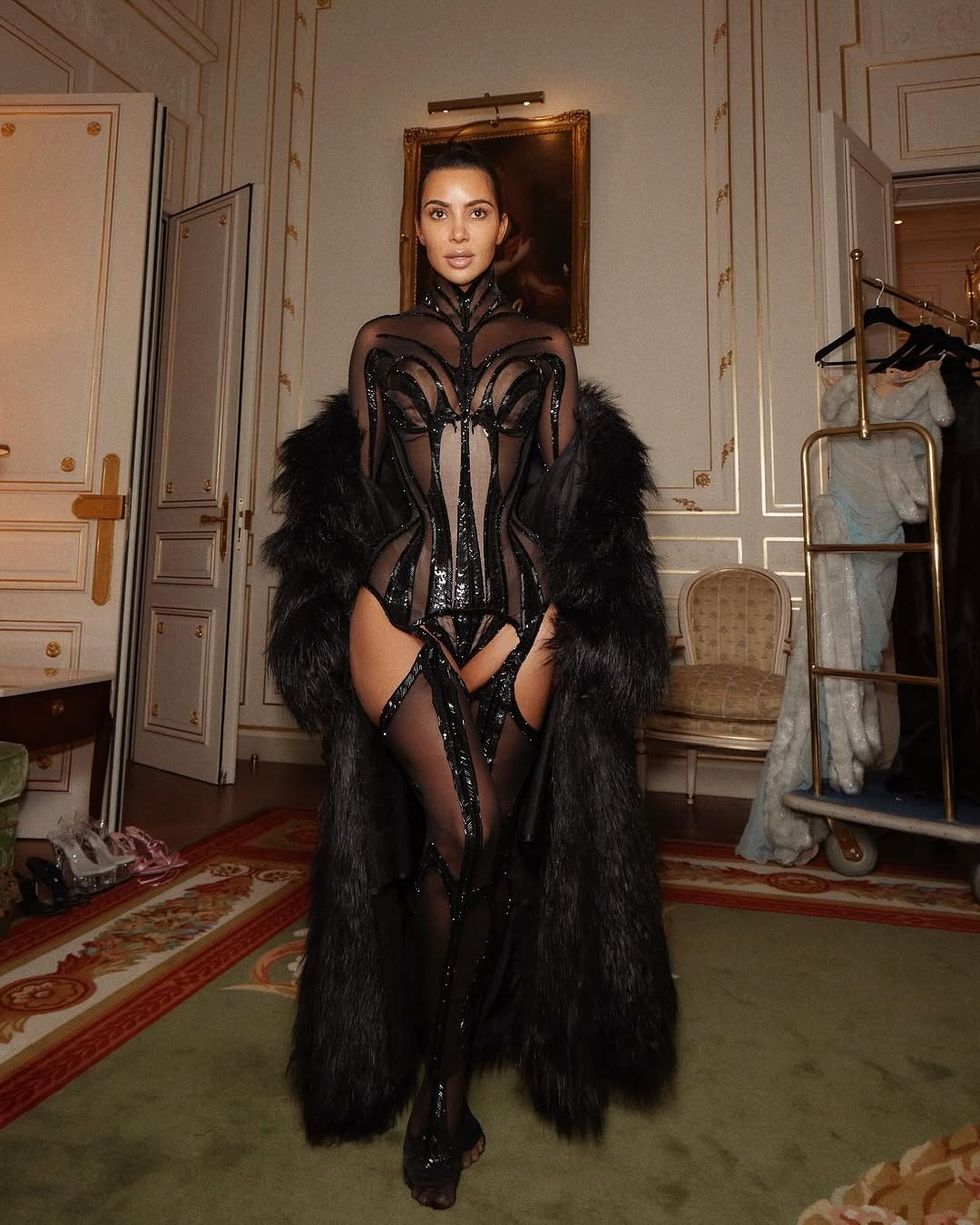
What happened with the new SKIMS thong launch?
Just hours before the corset photo went viral, Kardashian was already facing online criticism for a different reason, her brand SKIMS.
The company released a new micro-thong as part of its “Fits Everybody” line, featuring a sheer design with a small, embroidered rose on the front. The piece, which barely covered the model’s body, was immediately ridiculed across social platforms.
“Who exactly is this supposed to fit?” one Reddit user asked, while another sarcastically dubbed it the “SKIMS Eyepatch.” Multiple commenters questioned the practicality of the design and the inclusive claim that the product “fits everybody.”
This isn’t the first time SKIMS has been accused of pushing extreme or exclusionary designs. Critics argue that the brand often fails to accommodate a true range of body types, despite its marketing suggesting otherwise.
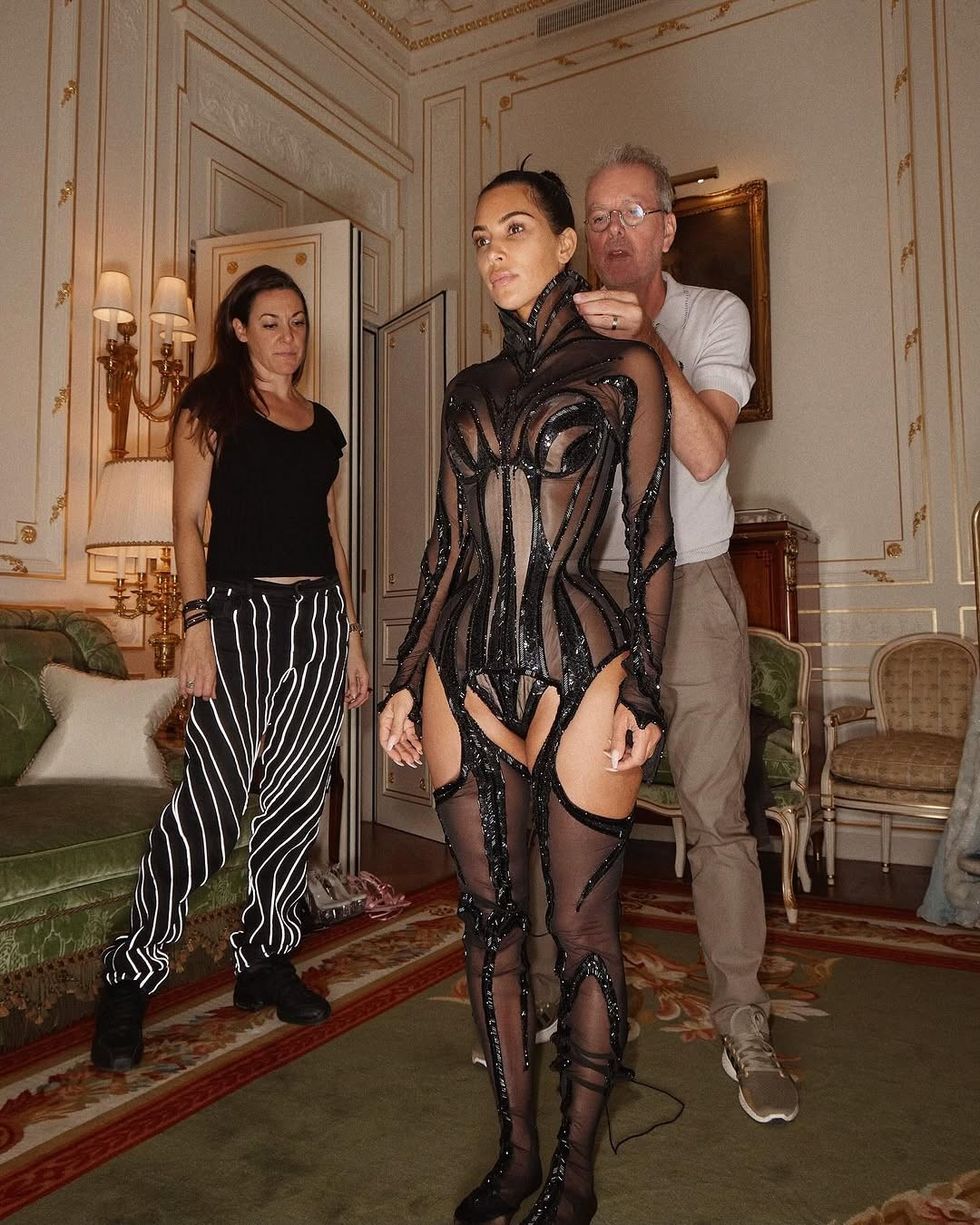
Are Kim Kardashian’s posts contributing to unhealthy beauty ideals?
The backlash touches on a broader concern frequently raised in discussions about celebrity influence: the pressure to achieve body shapes that may not be natural or attainable for most people. Kim Kardashian, with over 300 million Instagram followers, is one of the most visible beauty influencers in the world, and her aesthetic choices have long had ripple effects in fashion and cosmetic industries.
Many health professionals and activists have criticised the use of photo editing, waist trainers, and body-altering shapewear promoted by celebrities, saying it fuels body dysmorphia and lowers self-esteem, especially among teens and young adults.
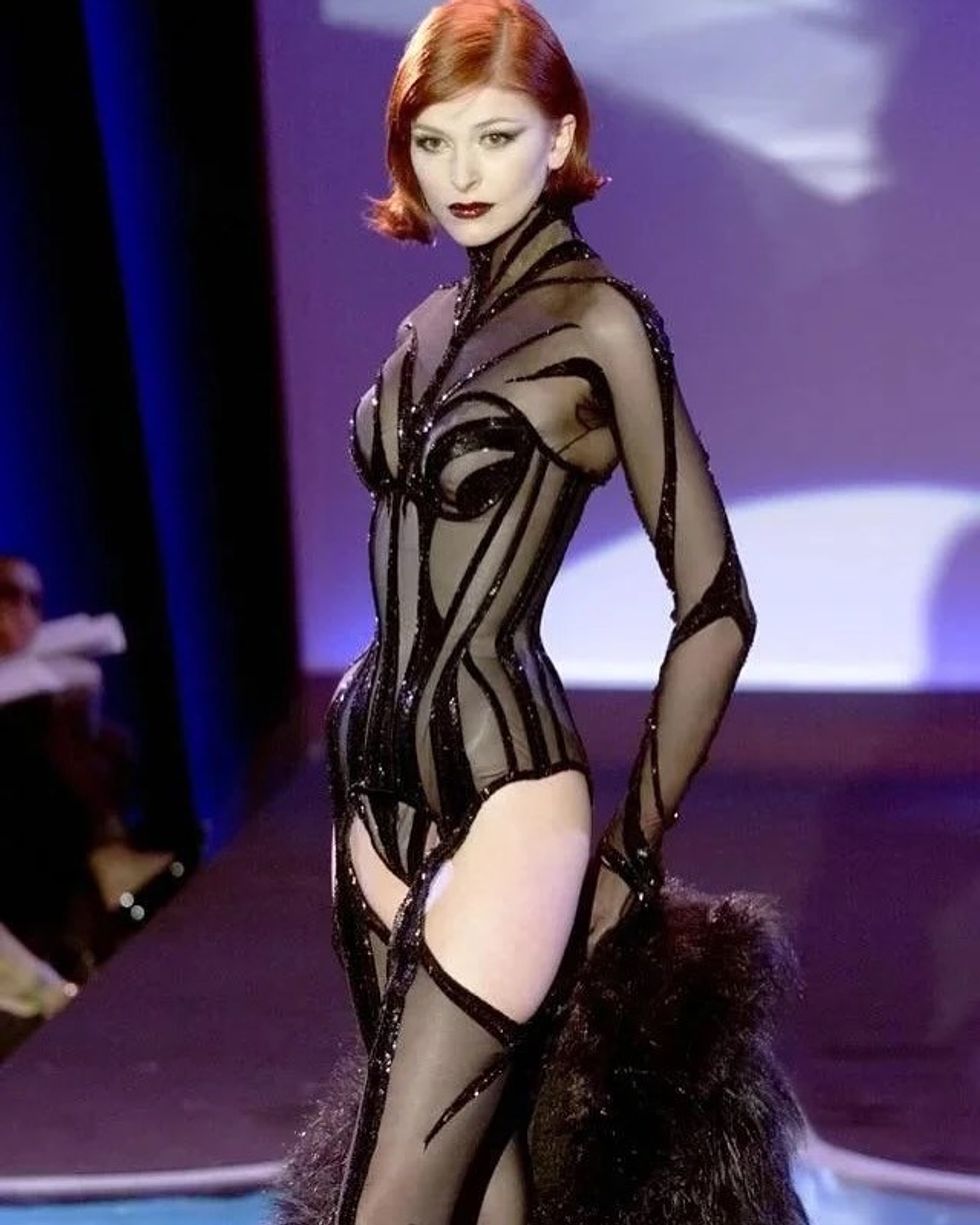
How is the public responding to Kim Kardashian’s recent controversies?
While Kim still commands a loyal fanbase who see her as a fashion-forward icon, the growing chorus of dissent suggests a shift in how audiences are reacting to curated celebrity images.
A mix of concern and satire has filled comment sections, with users increasingly calling for greater responsibility from high-profile figures when it comes to body representation. As one commenter summed it up: “It’s 2025, we should be past this by now.”
Whether Kim or her team respond to the criticism remains to be seen, but it’s clear the conversation about beauty standards and body positivity is far from over.
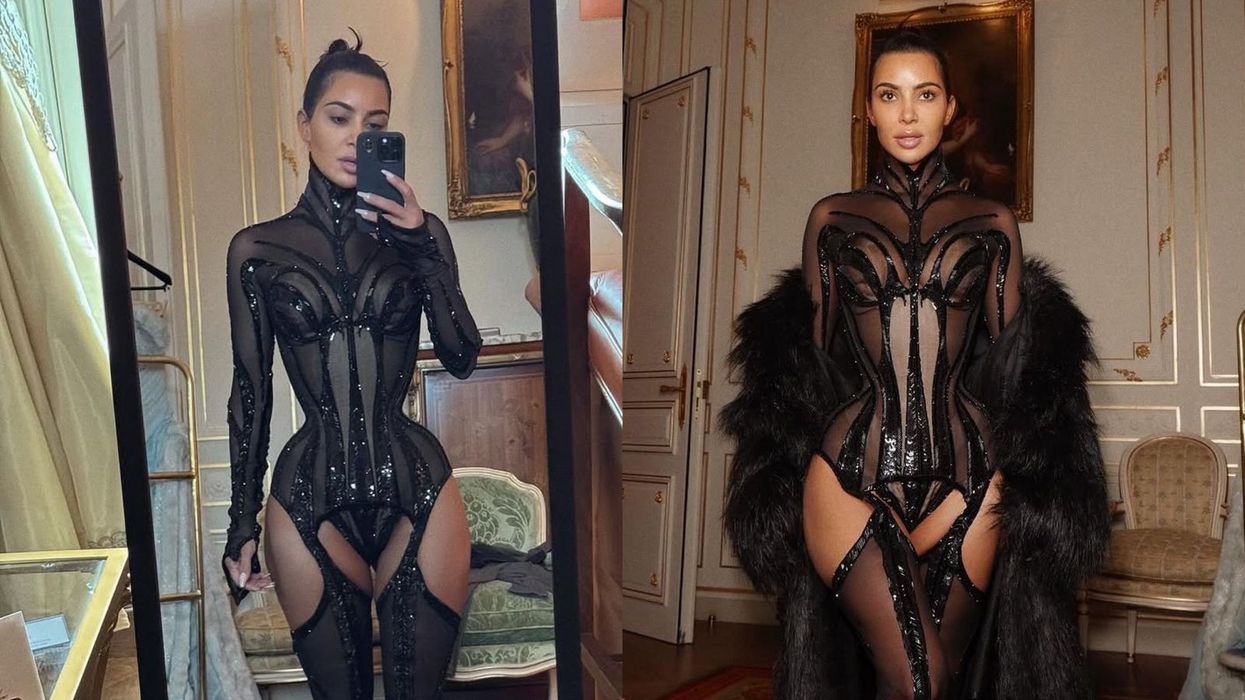

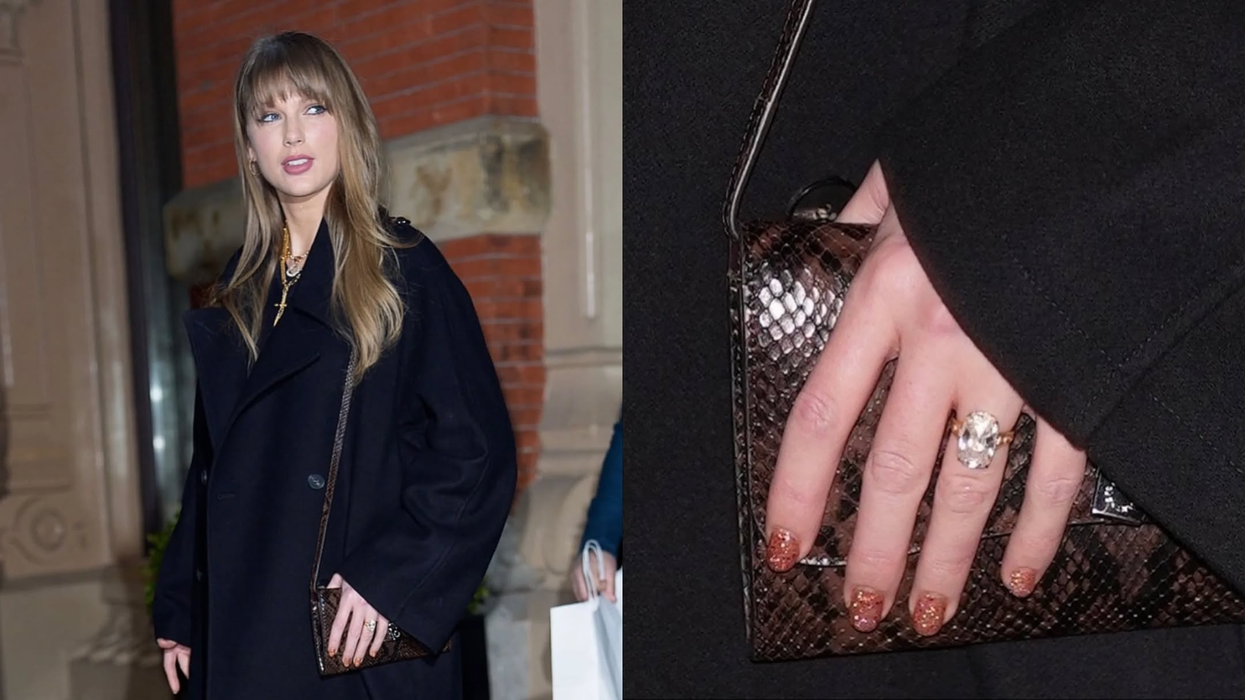

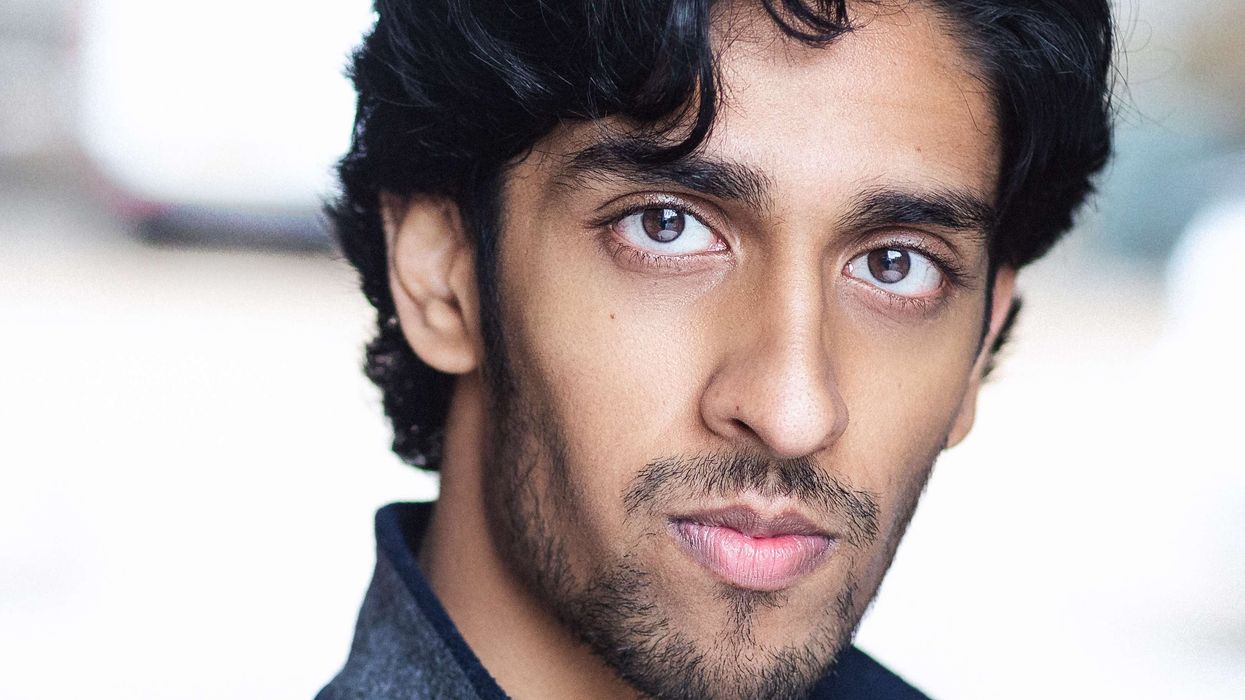

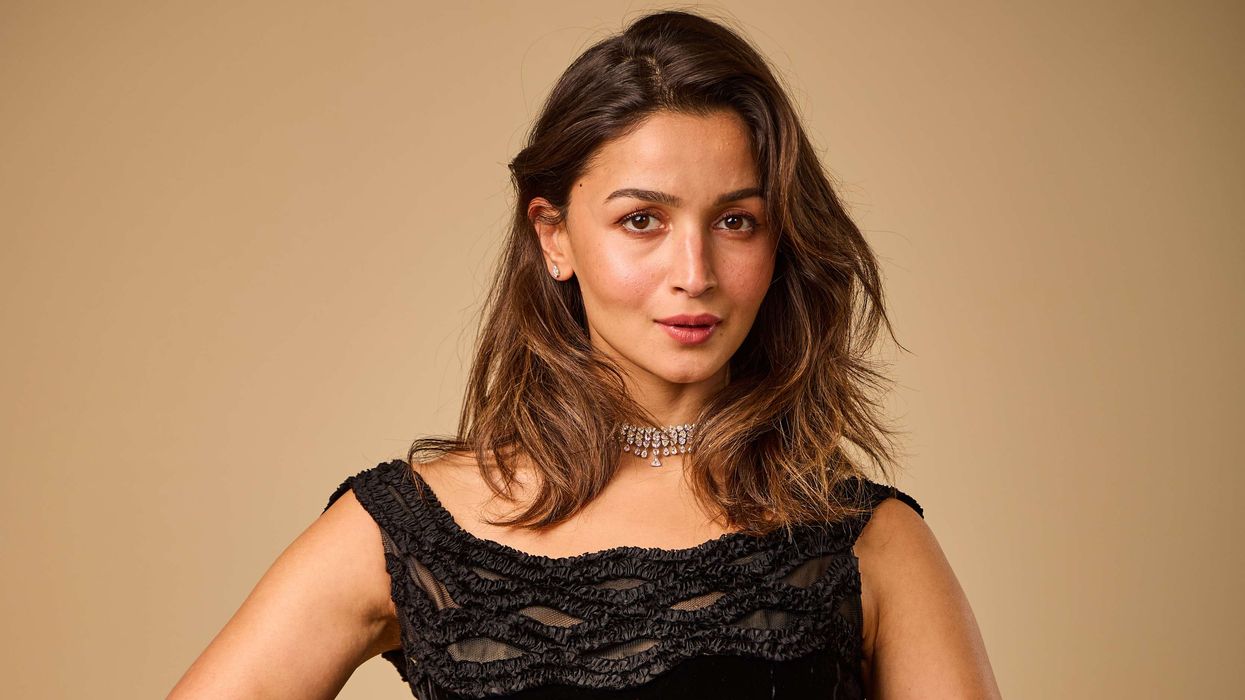
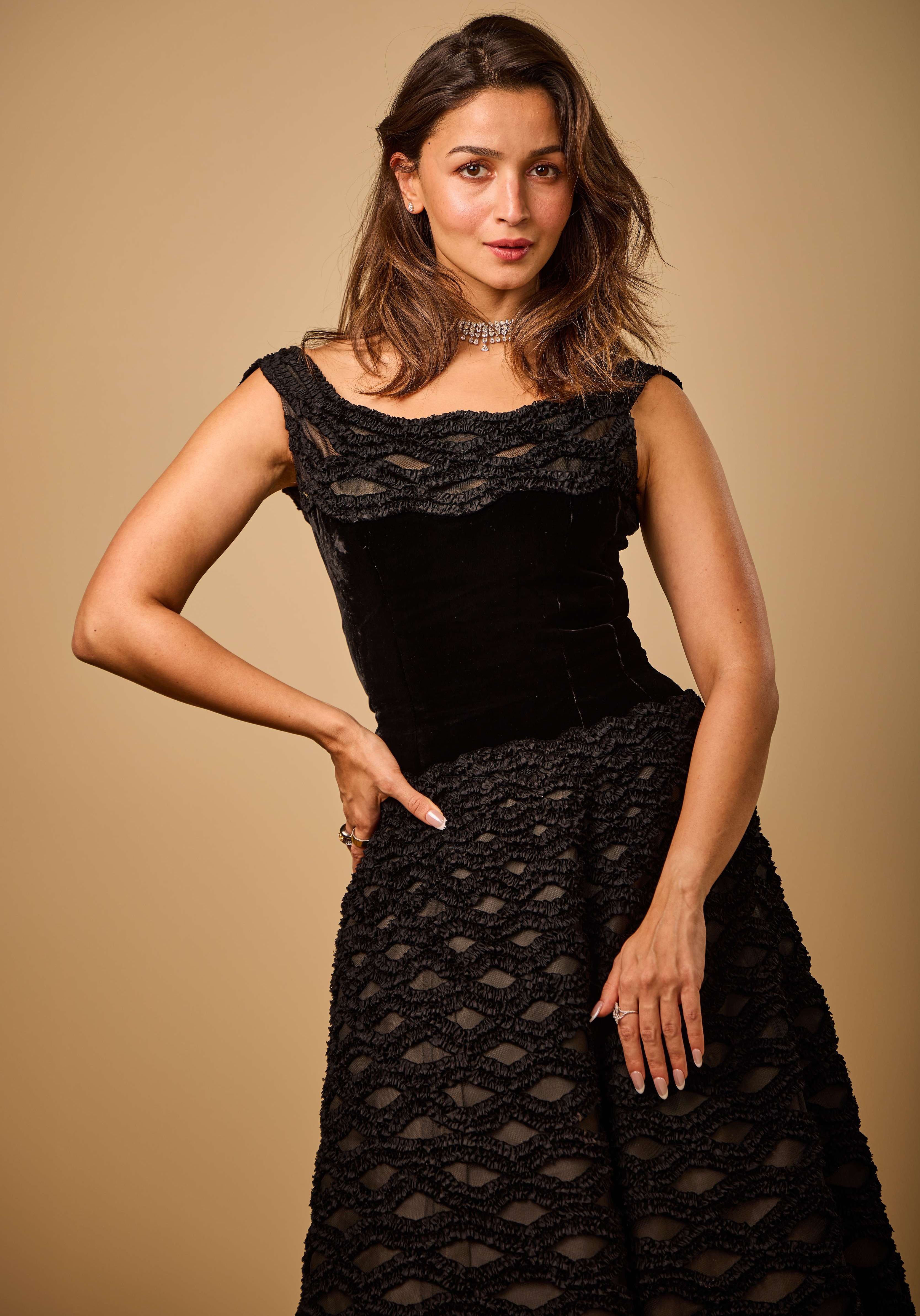 Alia Bhatt at the Red Sea Film Festival where she spoke about the scale of Alpha Getty Images
Alia Bhatt at the Red Sea Film Festival where she spoke about the scale of Alpha Getty Images 




